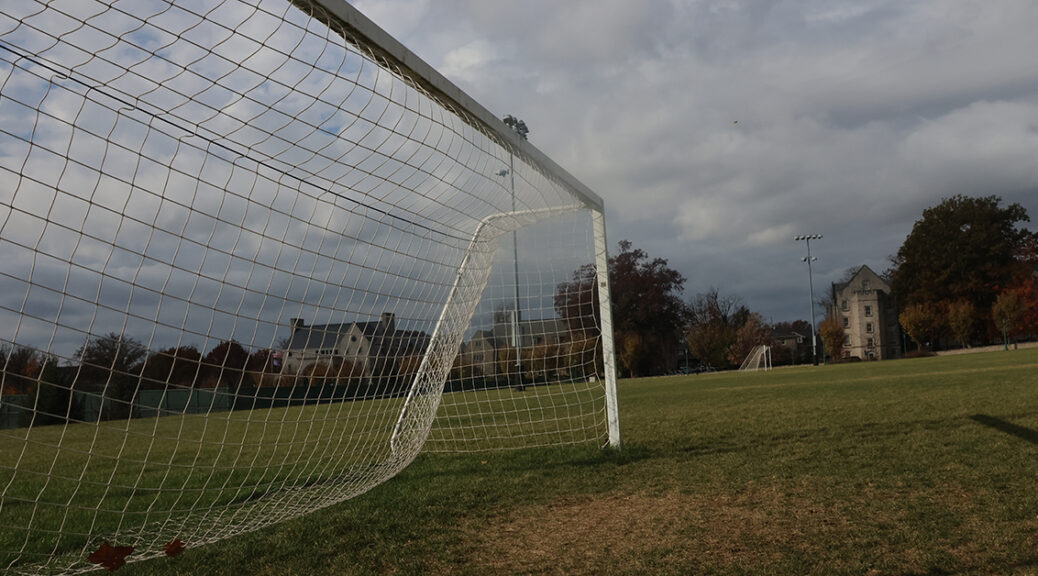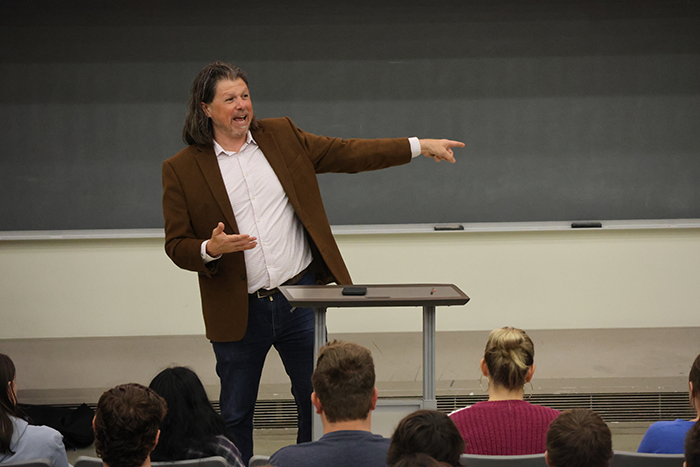
Supreme Court Ruling Transforms College Athletics, Opens NIL Opportunities
By: Charlotte Young, Ava Burgio, Orli Gluzman
BLOOMINGTON, Ind. (Nov. 5, 2024) – In the wake of the 2021 Supreme Court ruling that allowed NCAA athletes to profit from their Name, Image, and Likeness (NIL), college athletics has undergone a transformation, specifically for female athletes this change brings opportunity (or some argue lack thereof). As athletes either embrace or question these new opportunities, questions arise about the impact on their attitudes, choices, and dynamic as teams. Our investigation delves into whether the NIL Supreme Court ruling is shaping the motivations and decisions of student-athletes today.
Across college campuses, opinions differ among athletes across different sports. Whether NIL is benefiting them or causing problems, is a tossup based on the athlete you talk to. Among those athletes, Abigail McDonald, a previous Division III diver from Wittenberg University reflects on the negatives of NIL, saying, “smaller universities don’t care about specific teams… leaving some athletes unable to profit while others are making lots of money.” She also spoke about the differing treatment based on gender, “women in sports are not treated the same”. For many young athletes, the promise of financial support can influence their choices, making them more selective about where to commit, leaving these smaller schools with less applicants, but it becomes an issue when athletes are left confused why some are given opportunities others aren’t.
The advantages of NIL are not universally felt. During a recent interview, Jeremy Gray, Senior Associate Athletic Director for Strategic Communications at Indiana University, highlighted the disparities in support between male and female athletes. “Women often receive less visibility and fewer resources,” he said, adding that they are not featured as prominently in promotional materials. “It’s a challenge for female athletes to compete for attention and sponsorships compared to their male counterparts.” Gray emphasized that while NIL can provide opportunities, it also presents hurdles. “If a player knows they can secure more money at another school, it can skew their decision-making,” he said. This financial pressure may lead to an environment where talent is overshadowed by financial incentives, complicating the recruiting landscape.
In a differing opinion, some argue that NIL can have a positive impact on individuals, including females. Dr. Glen Clavio, a professor who specializes in sports media said, “NIL has opened the door for many female athletes”. This opinion comes from the platforms that have blown up of some now influencers who started their social media journeys while on sports teams. “All 18 year olds that are students at Indiana University have the right to publicity”, said Dr. Clavio when providing more reasoning for his stance on the equality that NIL can provide student-athletes.
To capture the community’s sentiments about NIL, we conducted “person on the street” interviews, gathering opinions of people walking down Kirkwood avenue. An Indiana University student who works for the athletic department on campus, Lily Basil, said: “They (student-athletes) can use (NIL) to put themselves and their personalities in the world.” Her indifferent opinion grows from being surrounded by sports, and seeing how it can negatively and positively affect college athletics. Athletes are able to grow their social media presence because of their talent (or lack thereof) and gain followers to make a larger platform for themselves, how they use that platform is up to their own discretion. In a supporting view of NIL, an alumni of the University, Chris Sizemore, voiced his opinion saying, “They spend a lot of time in the gym and in the classroom and put a big effort onto the field or court- and the University makes quite a bit of money on that, and I think it’s fair that they do too.”
As athletes and their families navigate this evolving environment, the impact of NIL on recruitment cannot be understated. In states like Indiana, where specific NIL regulations are lacking, potential recruits must carefully consider their options. “It’s a new factor in the decision-making process,” said Gray. “High school athletes are now looking at not just the program, but the financial opportunities that come with it.”
Whether or not people agree on the positive or negative impacts of NIL, it is important to acknowledge the changes that come and will continue to come with the new attitudes and motives that have taken over student-athletes. The recent changes brought about by the NIL ruling are reshaping the college sports landscape, influencing how young athletes view their futures. As they prepare for potential financial opportunities, the underlying values of sportsmanship and dedication may be tested. With institutions and athletes adjusting to these changes, the dialogue around NIL is just beginning, one that will undoubtedly continue to evolve in the coming years.


